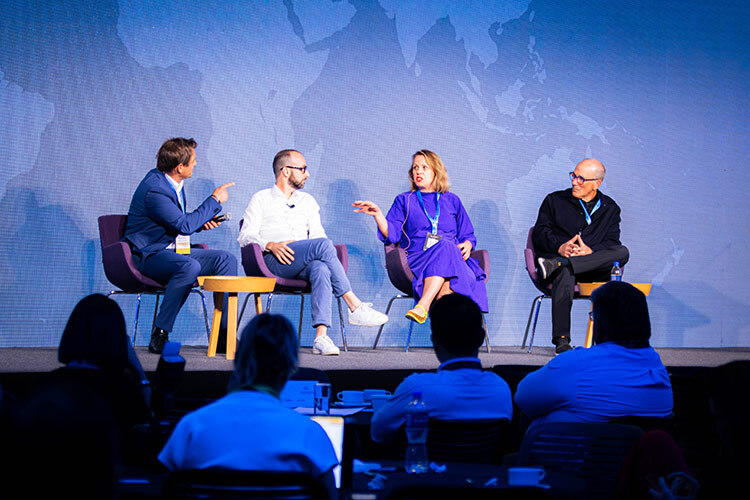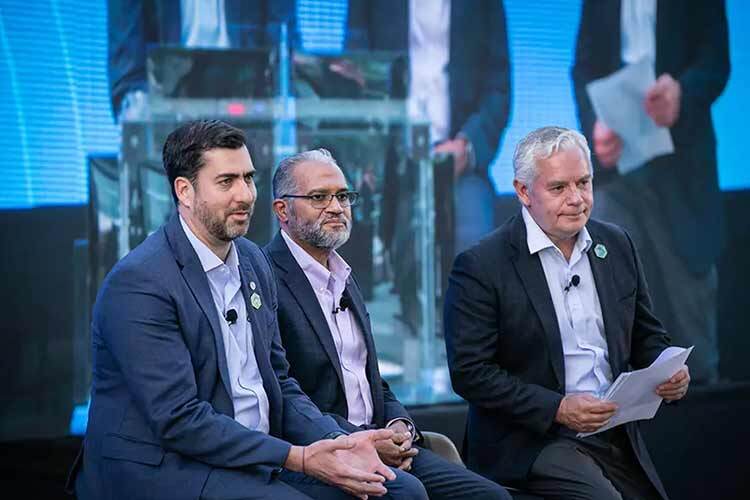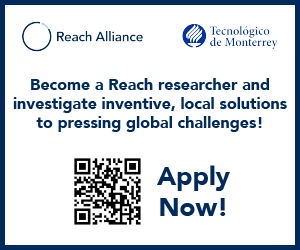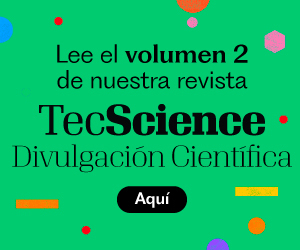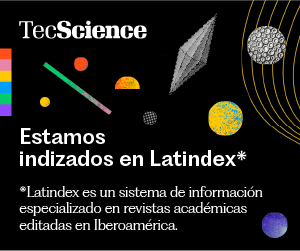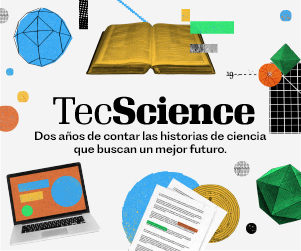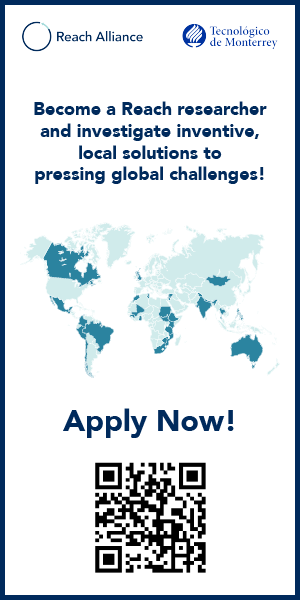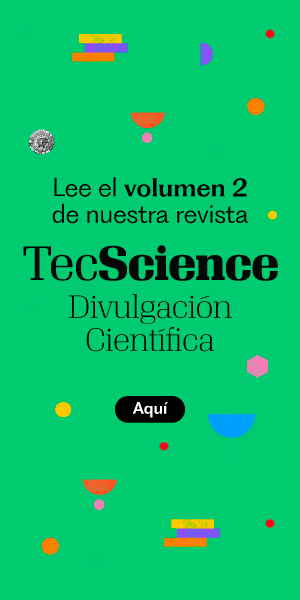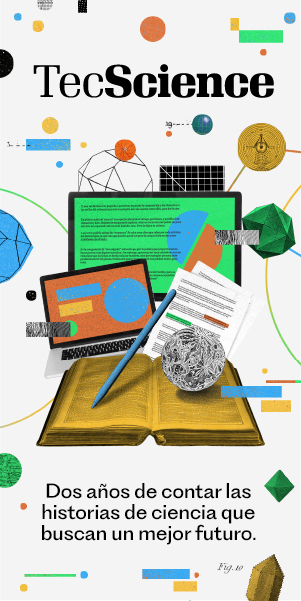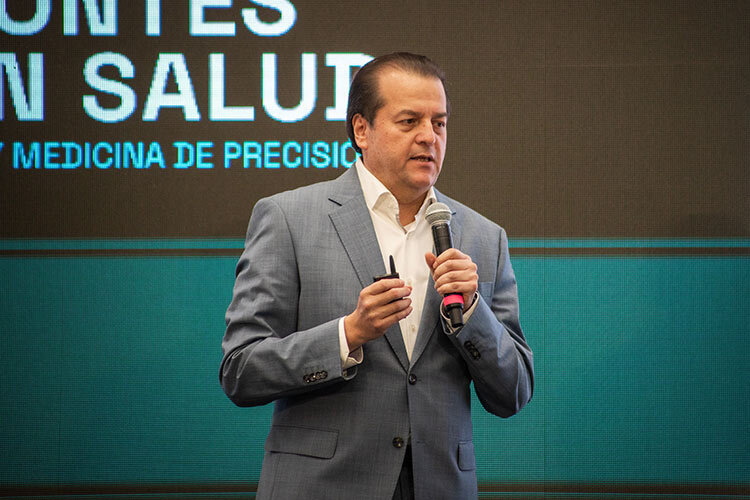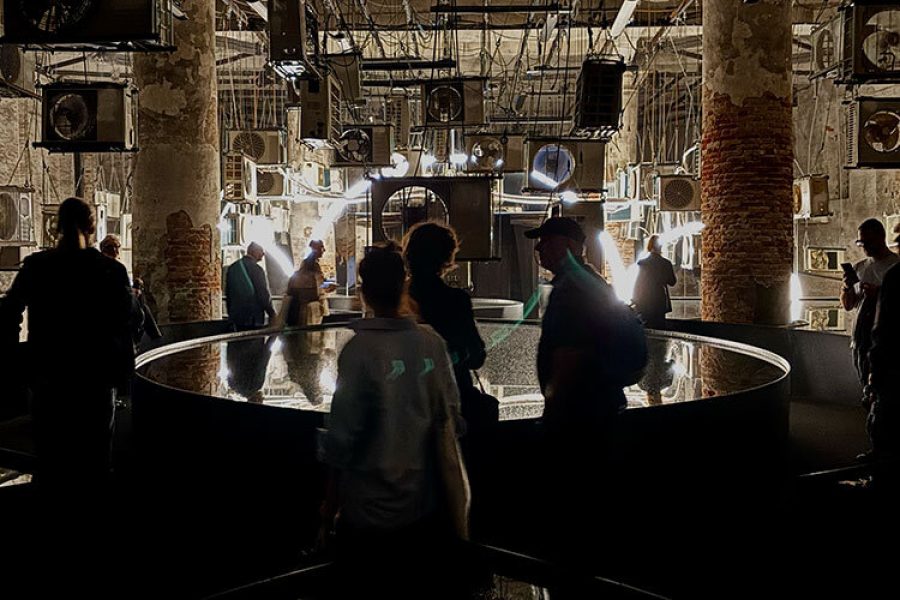Innovation districts are not just hubs for research and the development of solutions to humanity’s biggest challenges — they also serve as living examples of transformation in sustainability, clean energy, and urban design. According to experts, these districts can play a key role in the fight against climate change.
Some notable success stories include the innovation districts of Tonsley in Australia; Oregon in the United States; and Milan (MIND, short for Milano Innovation District) in Italy. These places show that slashing carbon footprints is possible through smart design and technical innovation. What’s more, their sustainable models are opening up new business opportunities.
These insights were shared during the first edition of the GIID Global Summit, held at Tecnológico de Monterrey. One of the featured sessions, “Decarbonize | The Energy Transition & the Water-Energy Nexus,” highlighted how innovation districts around the world — along with their partner companies — are driving forward sustainable solutions.
The panel was moderated by Pamela Puchalski, vice president and co-founder of The Global Institute on Innovation Districts. The speakers included Philipp Dautel, Chief Operating Officer of the Factory of the Future at the Tonsley Innovation District; Ted Hyman, partner at the architecture firm ZGF Architects; and Stefano Minini, Project Director for MIND at Lendlease.
Innovation Districts and Decarbonization
Philipp Dautel explained that the Tonsley Innovation District, developed by Flinders University in Australia, was designed from the ground up to avoid significant carbon emissions. Instead of demolishing existing structures, they repurposed an old car manufacturing plant, incorporating the original steel and concrete materials into the new design.
In addition, a renewable energy microgrid was created to harness solar power — on certain days, it can supply 100% of the district’s electricity needs.
The district also integrates a water-sensitive urban design (SWUD) approach. Located in a mountainous region where heavy rainfall is common, this strategy helps improve water quality and supports the reuse of water resources.
At Oregon State University’s Innovation District, wood-based structures and advanced engineering were used to build the world’s first research lab with net-zero embodied carbon. This facility is intended to bridge industry and academia and will house state-of-the-art equipment for climate change research.
Meanwhile, Stefano Minini noted that the MIND district has implemented a smart thermal energy system — known as ectogrid — for heating and cooling. This innovation is expected to prevent 10,000 tons of CO2 emissions. Buildings in the district have also been constructed using a mix of wood and concrete, reducing the carbon footprint by more than 75%.
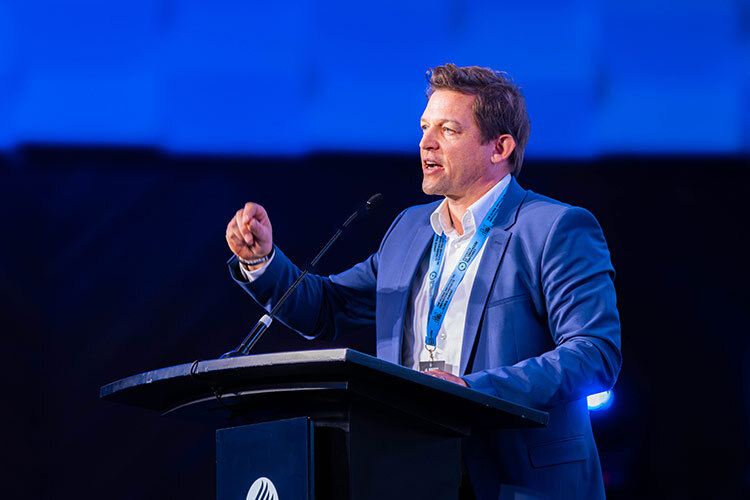
Spaces That Foster Business, Sustainability, and Innovation
With the creation of the Tonsley Innovation District, Flinders University has succeeded in attracting more than 100 companies — both large and small — that are involved across various stages of the energy sector’s value chain. Some of them, like Siemens and Tesla’s energy division, are focused on the industry’s future.
“Being green and sustainable has become a key investment attraction driver for Tonsley Innovation District because those that want to invest in the site, they want to have those green credentials because they have to do ESG reporting to their shareholders,” Dautel noted. (An ESG report — Environmental, Social, and Governance — discloses a company’s non-financial performance.)
The district adopted a quadruple helix model of innovation — one that brings together industry, academia, government, and the community to collaborate in a shared space.
Ted Hyman, for his part, pointed out that the sustainable design used in Oregon not only reduces emissions, but also helps lower construction costs. “The building—just the structure alone—when we talked about it, saved a million dollars for the university to go from a concrete structure to a wood structure,” he said.
To ensure a true sustainability model, it must also be economically viable — so that green projects can thrive and remain both financially sustainable and scalable. For instance, Hyman mentioned that the ectogrid system was developed in partnership with E.ON, a German energy company.
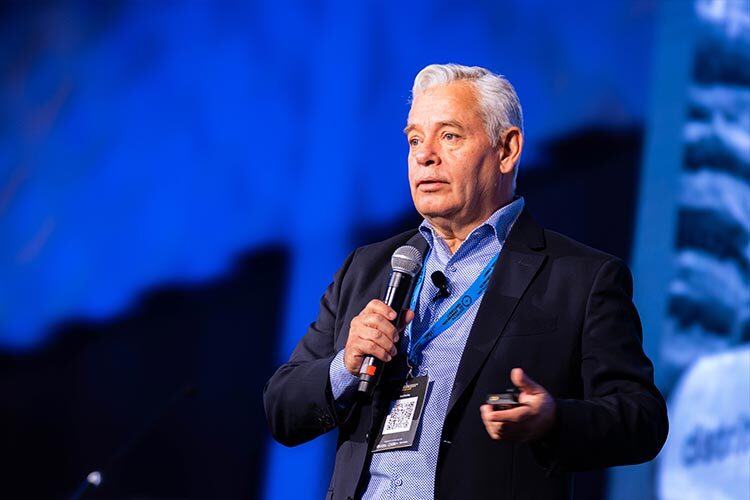
Sustainability Focus at the Monterrey Innovation District
The Monterrey Innovation District (DIM), located within DistritoTec, is the first of its kind in Mexico. It supports initiatives that promote sustainable practices, including the use of clean energy. One example is the Solar Community Hub: Oasis — a project that drives digitalization and empowers a vulnerable community in the city.
The project also has a strong social impact. Around 20,000 residents of the Campana-Altamira area — just one kilometer from the Monterrey campus — benefit from this solar-powered center, which provides digital tools, computers, internet access, and training in digital literacy, according to Mario Adrián Flores, Vice President of the Monterrey Region at Tec de Monterrey. He shared these insights during the panel titled “The Unique Value Proposition of the Monterrey Innovation District.”
Flores also emphasized that this initiative reflects the DIM’s multi-level connectivity: first, with EXPEDITION FEMSA and Tec de Monterrey; second, with the community and local and state governments; and third, at national and global levels, with companies like Dell Technologies and UKG, and organizations such as Computer Aid International, Fundación FEMSA, and NIC México.
There are also open innovation initiatives, Flores added, such as The Next Decade, which brings together scientists and entrepreneurs from Tec, other states, and abroad to tackle challenges like water scarcity. “We have a strong value proposition — not only in the DIM, but across the city and the country,” he said.
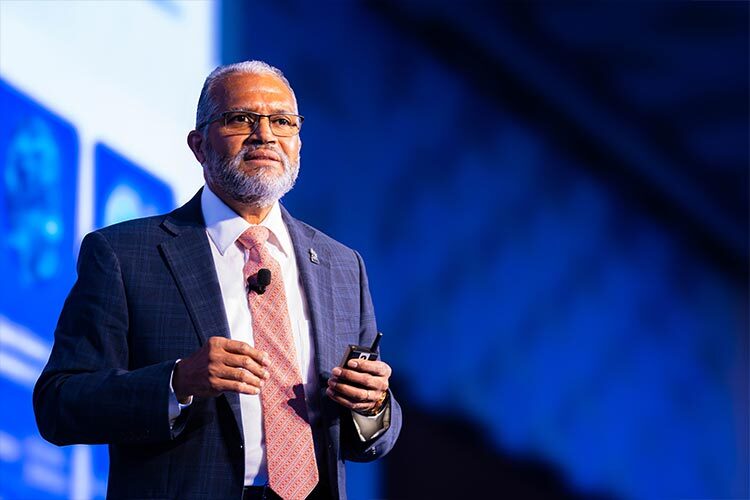
Feniosky Peña-Mora, Executive Vice President for Research and Dean of the School of Engineering and Sciences, explained that within Tec’s research ecosystem, the DIM serves as a bridge between academia, the lab, industry, and society — through spaces like EXPEDITION FEMSA and, soon, the Eduardo Garza T. Innovation and Entrepreneurship HUB.
He also noted that sustainability is one of five key research areas in which Tec de Monterrey concentrates its efforts, alongside health, industrial transformation, education, and thriving cities and communities. One example is the Institute of Advanced Materials for Sustainable Manufacturing, based in the DIM, which is working on projects like “programmable biodegradable polymers” — materials designed to break down over time, reducing the need for recycling, which often consumes large amounts of energy.
The panel was moderated by Julie Wagner, President and Co-founder of The Global Institute on Innovation Districts, and also featured Óscar Carracedo, Director of DistritoTec; Pablo Savid-Buteler, Lead Designer and Chair of the Design Integration Board at Sasaki Associates; and Roberto Íñiguez, Associate Provost for Academic and Faculty Affairs at Tec de Monterrey.
Did you find this story interesting? Would you like to publish it? Contact our content editor to learn more at marianaleonm@tec.mx
